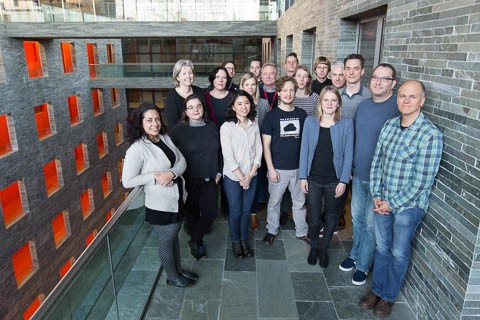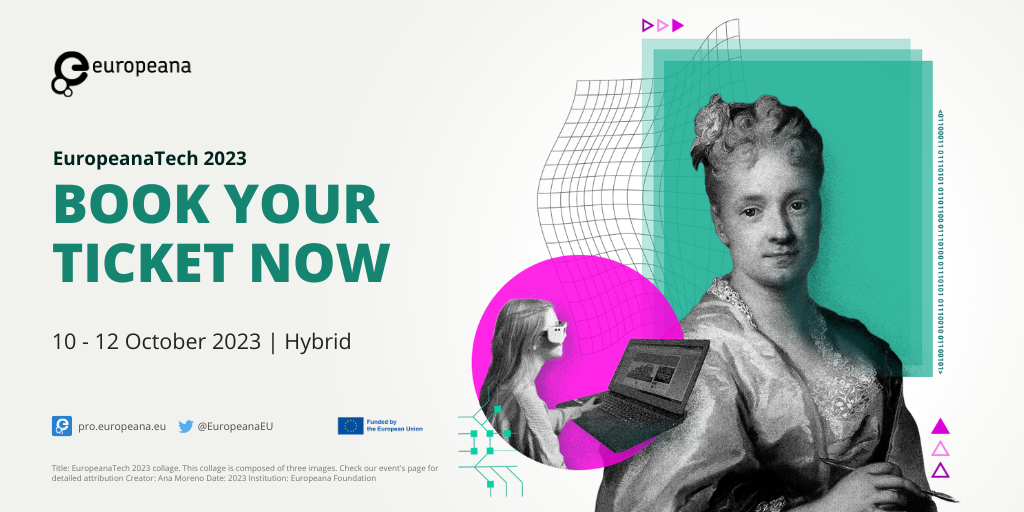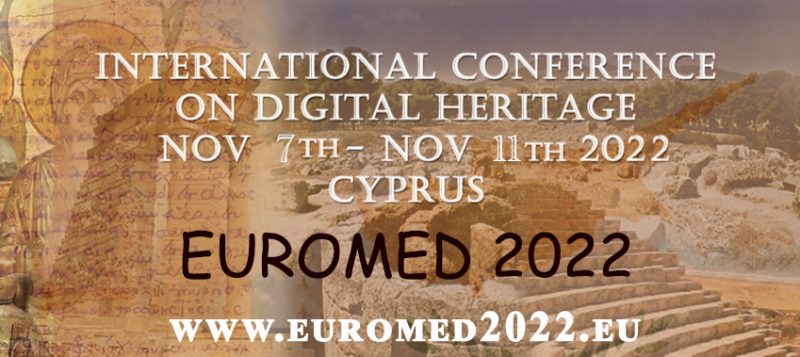Source: Sound and Vision blog post by Erwin Verbruggen

Kara discussing Preservation Metadata and PREMIS. Photo by Sebastiaan ter Burg, CC BY 2.0.
Getting a grasp on a concept like digital preservation seem like a headache. Over the past 20 years, a steady stream of academic research and innovation projects have tried to fix the problem of keeping digital objects over a longer stretch of time than the systems and software they rely on were designed for. Eternity. Plus one. These attempts – and the smart minds that cooked them up: actual rocket scientists as well as librarians, engineers, curators, conservators, and archivists – have produced piles of documents to plought through.Often these use different words and come from different perspectives. With the Winter School for Audiovisual Archiving, we aimed to create a hands-on training that applies digital preservation frameworks and solutions to audiovisual collections. This in order to make collection managers and other caretakers feel more adept, responsible and aware to make use of the best practices that are out there.
Fourteen participants hailed from near and far – with participants from Mexico, South Africa and the United States, as well as a variety of public and private organisations. Trainers Kara Van Malssen (US), Peter Bubestinger (AT), and Erwin Verbruggen (NL) guided the group through lectures, use cases and excercises to bring them up to speed with current preservation frameworks and applications for audiovisual collections. After refreshing the participant’s grasp on OAIS concepts in order to use the model as a roadmap through the course, thinking through the people as well as system requirements needed to do digital preservation was the order of the day. Throughs hands-on excercises, participants approached their own collection’s challenges and got a peek into applying low-barrier-to-entry applications, such as VLC, MediaInfo, Exactly, Fixity and MediaConch to assess their audiovisual materials.

Patricia introducing some of the TATE’s art works. Photo by Sebastiaan ter Burg, CC BY 2.0.
Inspiration came from three guest speakers, who gave practical examples of how their organisations implemented approaches to digital preservation and translated conceptual models to practical workflows. From the human rights organization WITNESS, we learned how a small team can reach out to non-specialists and involve them in the archiving process from the very start. Yvonne Ng shared some of the wonderful resources the organisation created, such as their Activists’ Guide to Archiving Video or on-going updates on the WITNESS Archiving blog.
From the TATE Museum in London, Patricia Falcão introduced the challenges that come with taking care of a wildly varying collection that may seem small in numbers (~ 500 hours “Title”) but exceeds most institutions’ time-based media collection’s value – an estimated €25 million. Through European Commission-supported projects such as Presto4U and Pericles, the small team has been able to expand its expertise and work closely together with archive experts such as Dave Rice and fellow museums such as MOMA to invent or apply solutions to problems that just a few years ago didn’t yet have a clear answer. She also detailed how open-source tools such as Archivematica and the future implementation of Binder should help them sift through the collections and combine information from cataloguing system TMS with technical info necessary for the preservation chain.

Participants at work. Photo by Sebastiaan ter Burg, CC BY 2.0.
During the training, besides guides shared by research groups and some of the excellent AVPreserve papers, example documents from fellow organisations such as the Dryad Digital Repository and the Irish Film Institute served as an example. We also looked at the Netherlands Institute for Sound and Vision’s own governance documents. Guest speaker Josefien Schuurman explained how these came about/. As an organisation that has demanding turn-around requirements as well as a long-term cultural preservation mission, we apply the high-level concepts of the digital preservation domain to both our organisation and our infrastructure. After the period of mass digitisation brought on by the Images for the Future project, they helped us figure out the preservation puzzle and led us to achieve the Data Seal of Approval last year.
We closed the training by challenging our participants to consult each other on the next steps for their organisation. On the first day, one participant mentioned how their organisation applied ‘band-aid solutions’ to its preservation challenges. We look forward to hearing back from our participants how they fared to replace these with proper planning and tracking with the knowledge shared during this training session. If you have ideas or questions about how we might help you fulfill your preservation challenges and demands, feel free to contact us through the form below or write to us directly at winterschool@beeldengeluid.nl.

Winter School for Audiovisual Archiving 2017 group picture. Photo by Sebastiaan ter Burg, CC BY 2.0.
More info
The Winter School for Audiovisual Archiving 2017 was organised with support from the Dutch Ministry of Education, Culture and Science in collaboration with AVA_Net. Much thanks to our advisory board: Rachael Stoeltje (reto.ch), Harry Romijn (GAVA), Annemieke de Jong (Sound and Vision), Eef Masson (UvA), Kara Van Malssen (AVPreserve) and to Johan Oomen.
- Interested in future Winter School editions? Stay up to date by leaving your contact details through this form.
- Missed the webinars? Revisit the guest speaker talks via the Sound and Vision YouTube channel:
- Yvonne Ng – WITNESS Media Archive: 25 Years of Human Rights Video
- Patricia Falcão – Preservation of Digital Video at TATE
- Josefien Schuurman – Sound and Vision for Preservation
- Find the pictures Sebastiaan ter Burg took on his Flickr page.

























